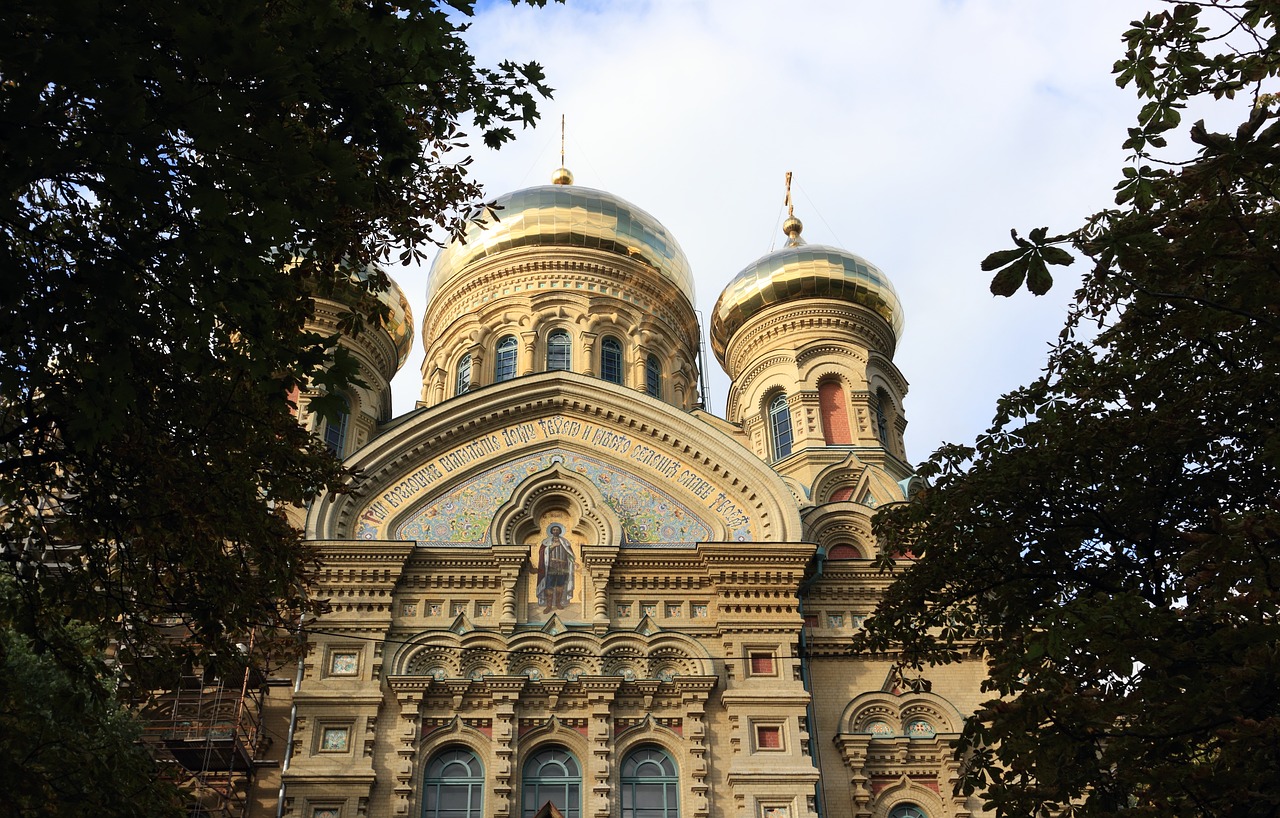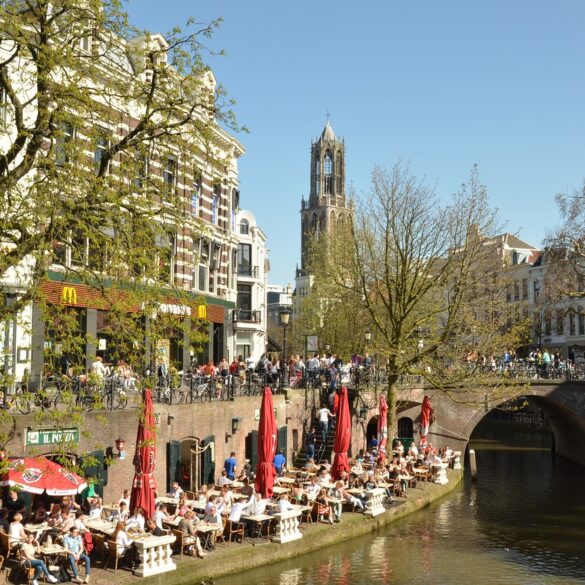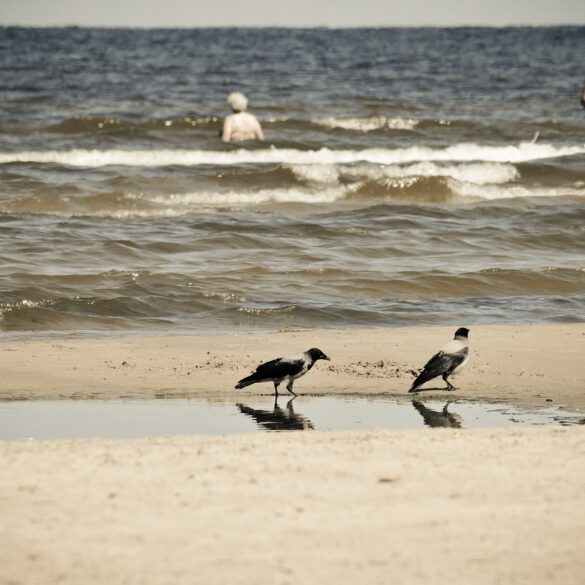
Liepaja is Latvia’s third-largest city and the country’s musical capital. After Riga and Jurmala, it is also the third most visited city in Latvia. The city is situated between the Baltic Sea and Liepaja Lake, with the Trade Canal connecting the two. Around 70 000 individuals have made it their permanent residence. Liepaja has a long history of cultural, artistic, and athletic traditions. Summers in Liepaja are frequently jam-packed with events and festivals, ranging from the large “Summer Sound” beach party to the speed festival “Rally Kurzeme,” which attracts tens of thousands of visitors. The internationally acclaimed concerts of the Liepaja Symphony Orchestra are a true gem of art.
Take a selfie in front of the Liepaja city sign
The Liepaja city sign is a popular spot for visitors to take selfies. From the city center, walk down Peldu Street, admiring the beautiful buildings along the way. You’ll arrive after a short stroll through Seaside Park. Take your time to meander through the magnificent countryside while admiring the views of the sea from the country’s widest sandy beach. Some amber can be found washed up on the beach after a big storm. It contains unique audio beacons for the visually impaired, swimming chairs for wheelchair users, and abroad, a handy route that leads straight to the beach.
Liepaja’s musical spirit can be felt at the Lielais Dzintars performance venue.
From musical afternoons in the Seaside Park to live music evenings at one of the restaurants, everyone can discover the most appropriate musical rhythms for their taste. In Liepaja, many popular youth festivals take place, the most popular of which being Summer Sound. Exquisite classical music concerts with the Liepaja Symphony Orchestra are further indications of music quality and sophistication in Liepaja. If you see musical note signs on the city center’s pavement, follow them and travel the “Follow the notes!” itinerary to familiarise yourself with the most popular tourist attractions.
At Trinity Church, you may listen to a fantastic organ.
The world’s largest mechanical organ, which has never been reconstructed, is housed in the Liepaja Holy Trinity Cathedral. The church’s construction began in the middle of the 18th century and was completed more than a century later. The church’s interior exudes the rococo style’s magnificence. H.A. Contius, one of the top organ builders of the period, created the organ. In 1779, the 38-stop instrument was officially handed over to the church. The instrument was continually expanded during the nineteenth century, reaching a peak of 131 stops in 1885.
Taking a tram ride through the city is a great way to see the sights.
From north to south, the city’s residential neighborhoods are traversed by the Baltic States’ oldest electric tram route. Tram service in Liepaja began in 1899. Liepaja was the first city in the Baltics to introduce the most cutting-edge means of transportation. It’s also worth noting that this environmentally beneficial mode of public transit is only available in three Latvian cities.



